5 Real-Life Inspirations for 'Game of Thrones' Characters
The Iron Throne
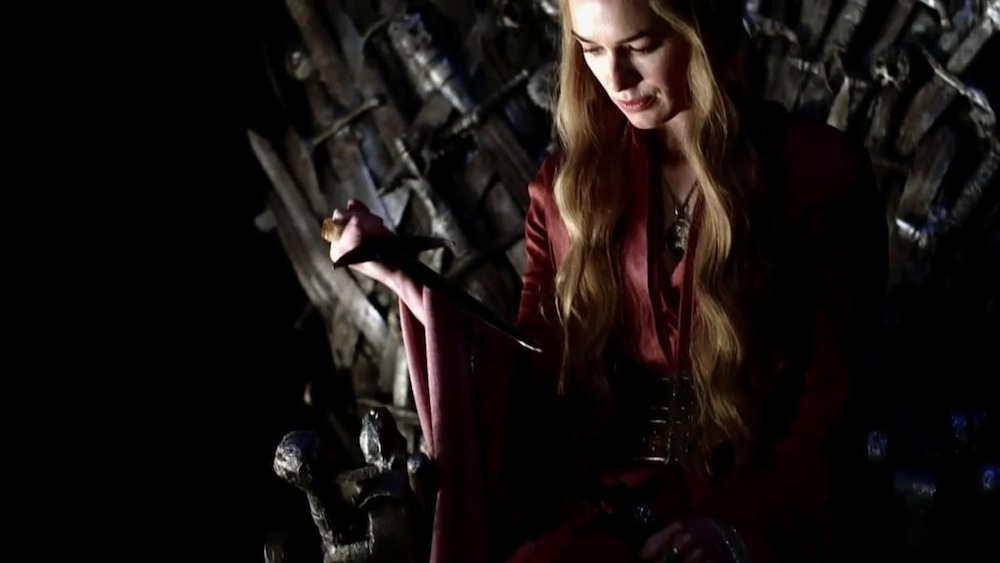
HBO's "Game of Thrones," based on books by author George R.R. Martin, is set in a fantasy world. But Martin has stated that he drew inspiration from real-life events, such as the Wars of the Roses in medieval England.
In that spirit, Live Science takes a closer look at a few of the characters in "Game of Thrones" and their possible real-life doppelgangers. Did a ruler as loathsome as King Joffrey ever exist? Does Cersei have a historical counterpart?
Read on for our take, and put your own historical speculation in the comments.
Queen Cersei
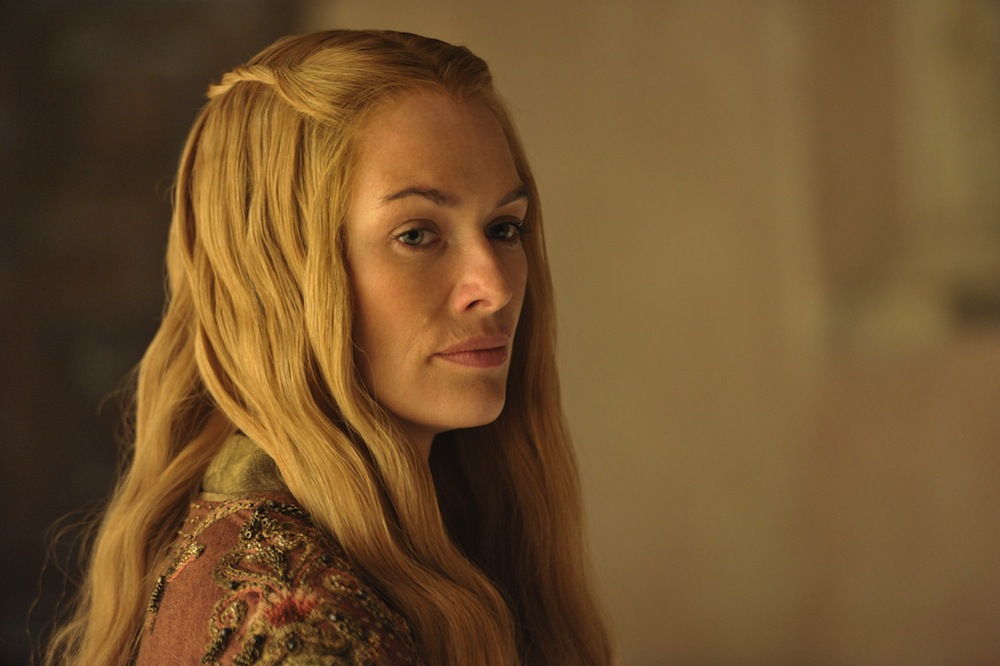
Cersei Lannister shares a fate with any number of medieval queens: She was married off at a young age for political reasons. Is it any surprise she's bitter?
Cersei shares a few features with women on both side of the English Wars of the Roses, a battle for the throne between the House of Lancaster and the House of York that went on between 1455 and 1487 after the death of King Edward IV. Elizabeth Woodville was the beautiful widow of Edward IV; she tried, ultimately unsuccessfully, to wield power from behind the throne of her young son Edward V. Cersei also looks a bit like Margaret of Anjou, wife of King Henry VI of England and ruthless sometimes-leader of the Lancaster faction during the conflict. Henry VI had mental problems, and as a result, Margaret was often de facto ruler. Her conflict with Richard of York, the third Duke of York, who had a claim on the throne, would spark the Wars of the Roses.
Cersei sleeps with her twin brother, which is one of the crimes charged to the unfortunate Anne Boleyn, the second wife of Henry VIII — though historians think that unlike Cersei, Anne was innocent. [Medieval Torture's 10 Biggest Myths]
King Joffrey
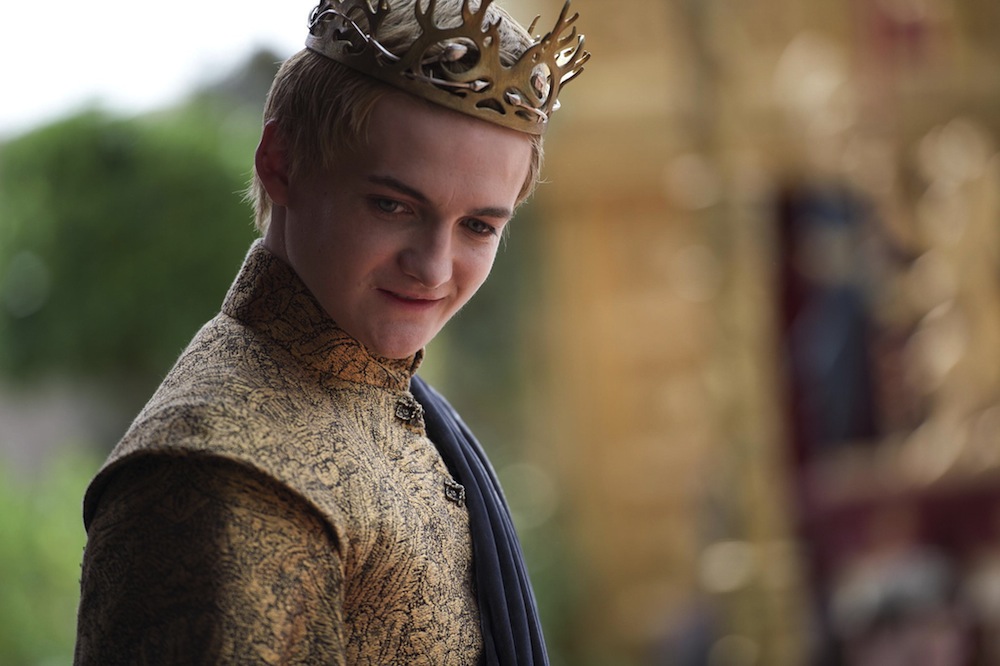
If anyone in Martin's shades-of-gray world is a pure villain, it's King Joffrey, Cersei's son with her twin brother Jaime. Joffrey's youth at the time when he ascends the throne echoes that of Richard II, crowned King of England in 1377, when he was only 10 years old. Historians have speculated that Richard II had a personality disorder or some other mental problems, but he was certainly more competent than Joffrey: While Joffrey runs during the Battle of Blackwater Bay in "Game of Thrones," Richard II displayed coolness under fire at the tender age of 14 during a Peasants' revolt. (In 1397, Richard II began having high-powered people executed, during a period that led to his eventual overthrow and reputation for tyranny.)
As for Joffrey's personal cruelty, a few monarchs may have come close. A few contemporary reports paint Edward of Westminster, the son of Margaret of Anjou as a bad seed, violent and obsessed with war. Of course, young Edward lived in militaristic times. He would die at age 17 in the Battle of Tewkesbury. [10 Epic Battles That Changed History]
Henry VIII, with his murderous version of serial monogamy (he had two of his wives beheaded), might be another contender for the superlative of Most Unpleasant Ruler.
Daenerys
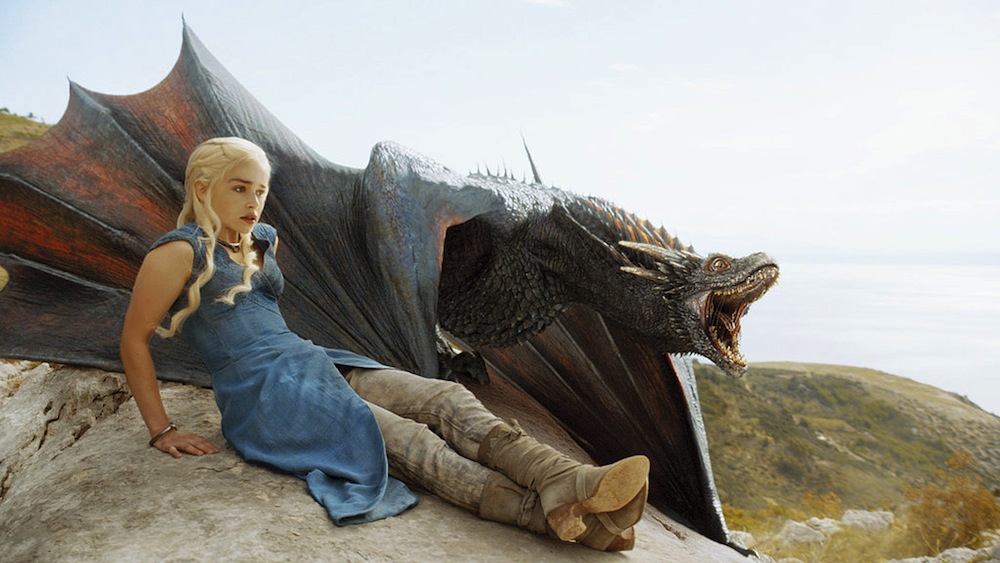
The Mother of Dragons has a storyline not unlike that of Henry Tudor, who would eventually emerge triumphant in the Wars of the Roses. Daenerys' grandfather once held the Iron Throne; Henry's claim was murkier. His mother was the great-granddaughter of Edward III's fourth son, and illegitimacy marred the family line.
Like Daenerys, Henry spent much of his early life (14 years) in exile. He gathered his strength and a small army in France before defeating King Richard III at the Battle of Bosworth Field in 1485. He then ascended the throne as Henry VII.
Henry claimed to descend from King Arthur himself, and sometimes displayed Arthur's battle standard, a dragon. The Tudor coat of arms includes a red dragon.
Robb Stark
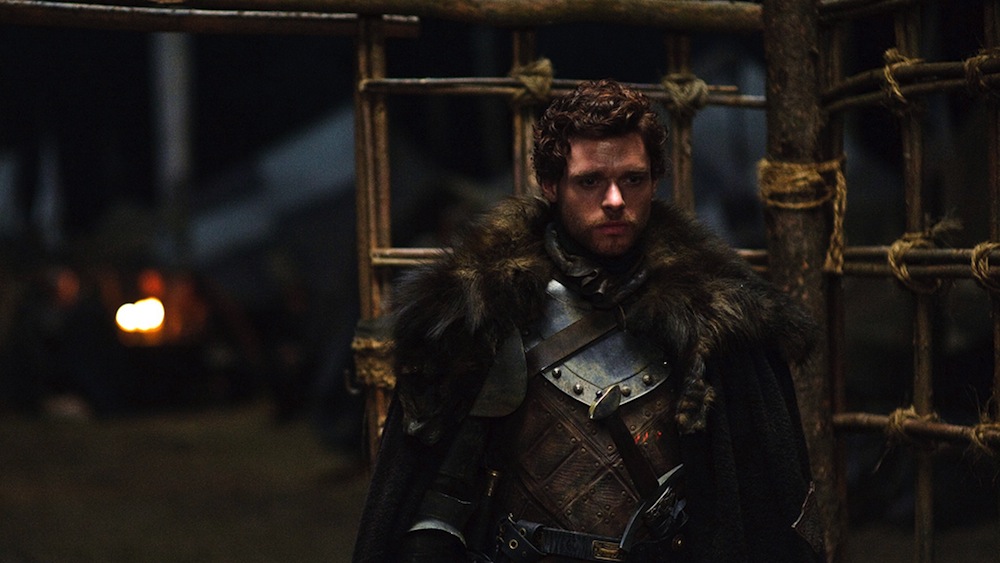
Robb Stark leads the armies of the North to a number of victories, but is brought down, in part, by his marital decisions. Robb is supposed to marry one of the daughters of House Frey as part of a military alliance; instead, he weds a noblewoman/battlefield nurse from outside of Westeros.
Edward IV also broke an initial engagement. Arrangements were underway for him to wed Anne of France, the daughter of King Louis XI. Instead, Edward had a secret wedding ceremony and married Elizabeth Woodville. Historians speculate that the marriage was a match of love or infatuation, but it did Edward no political favors. The Earl of Warwick, who had been trying to arrange the French engagement, became jealous of the Woodville family's rise and rebelled. Unlike Robb, Edward IV eventually came out on top and ruled until his death in 1483.
Petyr "Littlefinger" Baelish
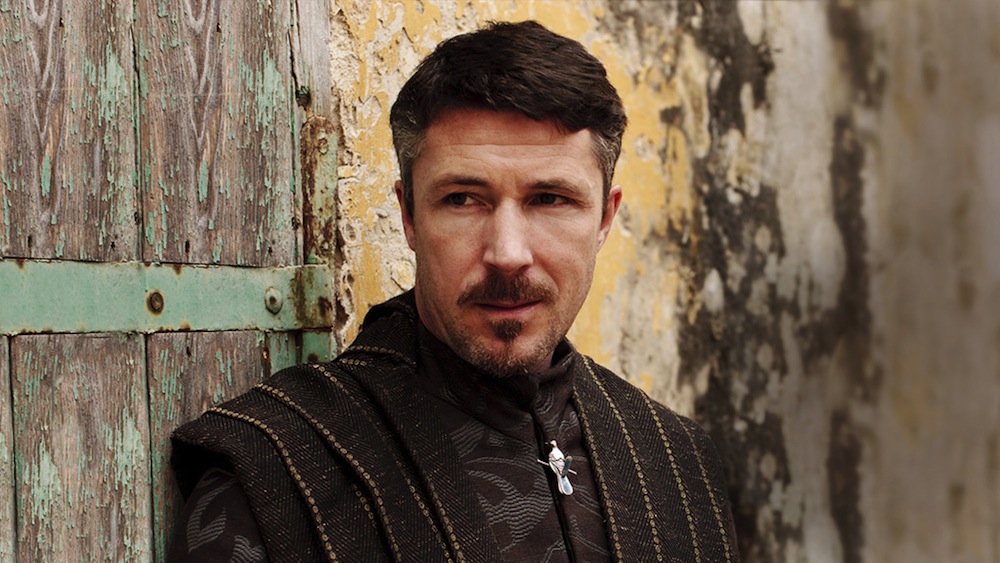
The "Game of Thrones" palace treasurer and brothel owner rises to power with the help of his network of spies and his master manipulations of those born to the throne. In this way, his life echoes that of Oliver Cromwell, who was born into the gentry class and rose to the role of Lord Protector of the Commonwealth.
Of course, Cromwell rose to prominence through his military acumen, and his intense religiosity probably would have prevented him from running his operations out of a brothel. Another Littlefinger-like historical figure might be Richard Neville, the 16th Earl of Warwick. Richard Neville's nickname was Warwick the Kingmaker because of his great wealth and influence at manipulating politics. He eventually met his death in battle in 1471 after rebelling against Edward IV.
Sign up for the Live Science daily newsletter now
Get the world’s most fascinating discoveries delivered straight to your inbox.

Stephanie Pappas is a contributing writer for Live Science, covering topics ranging from geoscience to archaeology to the human brain and behavior. She was previously a senior writer for Live Science but is now a freelancer based in Denver, Colorado, and regularly contributes to Scientific American and The Monitor, the monthly magazine of the American Psychological Association. Stephanie received a bachelor's degree in psychology from the University of South Carolina and a graduate certificate in science communication from the University of California, Santa Cruz.
Why is yawning contagious?
Scientific consensus shows race is a human invention, not biological reality










